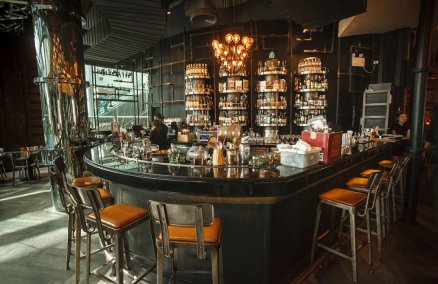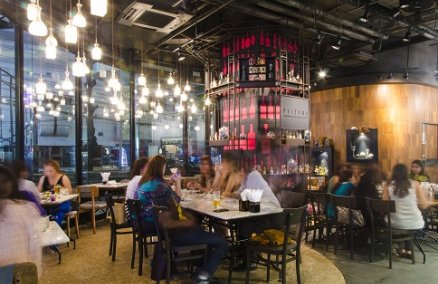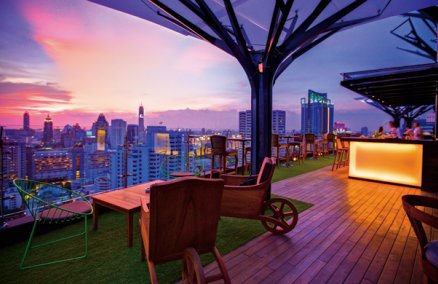The rat race makes life meaningless. I reckon if I can grow my own food and produce my own power in alternative ways, I won’t have to work in the corporate world.
Mother Nature is a great teacher and I’m humbled by her daily.
One Straw Revolution is a book by Masanobu Fukuoka, a Japanese farmer and philosopher who practised his craft for a lifetime, living a simple life, while inspiring people the world over.
I lived in a Mongolian yurt in 2010 with no electricity, and a less than helpful wood burning stove, in the middle of Wales, surrounded by rolling hills and sheep. We had little but somehow life was good
My ultimate aim is to one day own my own farm, small enough that I can manage without machinery and yet big enough so I produce enough food for my family and to lead a simple life.
I believe that treating people well and generating goodwill is the currency of the future and my values center around that.
The food scene is thriving, lots of great chefs opening up new joints around town. There is a strong sense of competition that really creates a positive vibe in the dining scene.
The biggest thing we lack is the freshness of produce as everything is flown or shipped in.
I truly miss cooking and eating with the seasons. It’s nonexistent here as we have access to all types of food year round.
Everything fell into place, though I was your average kid who didn’t do too well in school, and was a pretty late bloomer.
My first real job was in an interactive agency called BLUE as a suit.
We got drunk most Fridays, mostly to drown our shitty week with pints of beer. Life was pretty good.
As a kid, I wanted to be an archaeologist. It didn’t go too well as there was no career plan or course I could take to be one in Singapore, and our museum didn’t help much. So I ditched that.
I lived with a few archaeologists in Wales and worked on a few excavation and restoration projects. That was fun though I wouldn’t have made it my career.
There are always surprises good and bad that await you in the garden.
To stay positive, I always practice impermanence.
“Stay in your old job cause you need the security,” is the worst advice I’ve ever gotten.
“Take the risk and follow your dreams,” is the best advice I’ve ever gotten.
Be appreciative of the food that you eat because a lot of hard work and sweat went into growing that!
I love mee pok ta because you can’t get anything that resembles it anywhere else in the world except in Singapore.
Education is the key to the world, but once you open that door to the real world, you realize that it’s merely a guide in your life journey.
I got my name from my aunt. She said, “Oh, I can’t remember why but it has to be either Bjorn Borg or Bjorn from ABBA.”
I would like to be remembered as “that urban farmer.”





















